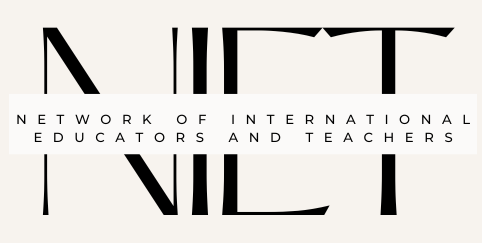The rise of generative AI has reshaped how we think about assessment. In MYP Language and Literature, where writing tasks have traditionally been the bedrock of authenticity, AI has introduced both disruption and opportunity. But beneath the technical questions lies a deeper cultural one: what kind of assessment culture do we want to cultivate in our schools?
The Challenge of Authenticity and Trust
When I first encountered student work that felt suspiciously AI-polished, I realized the real issue wasn’t proof of misconduct—it was trust. Assessment depends on the assumption that student work reflects their own thinking. If that assumption breaks down, so does the culture of fairness and academic integrity that binds a learning community together.
Institutional fixes—handwritten exams, surveillance tools, outright bans—may seem like quick answers. But they can easily create inequities for multilingual and neurodiverse learners, while signaling mistrust to students. In the long run, these approaches weaken relationships, and relationships are at the heart of learning.
Shifting Culture Through Assessment Design
If we want to strengthen school culture in an AI-rich world, assessment design must change. Three shifts stand out:
- 1. Formative Transparency Milestone drafts, checkpoints, and peer feedback make student thinking visible. Instead of treating assessment as a final judgment, they frame it as an ongoing dialogue—one that reinforces trust and models intellectual honesty.
- 2. Multimodal and Inclusive Practices Assessments that combine writing, oral, and creative outputs create space for diverse learners to demonstrate understanding authentically. In one of my classes, a museum curation project required students to present symbolic artifacts and written labels. The gallery walk format not only surfaced deeper learning but also cultivated a shared sense of creativity and collaboration.
- 3. AI Literacy as a Cultural Value
- Rather than hiding AI from students, we need to teach them how to use it responsibly. Embedding AI literacy within ATL skills and the IB Learner Profile frames responsible use as a shared cultural expectation: principled, reflective, and ethical learners in a digital world.
From Surveillance to Shared Responsibility
The cultural question is whether we respond to AI with suspicion or with shared responsibility. If we choose the former, we risk creating a culture of compliance. If we choose the latter, we have the chance to build a culture of trust, agency, and ethical engagement.
For educators, this means resisting the impulse to police and instead designing assessments that invite authenticity. For schools, it means adopting policies that are flexible, equitable, and aligned with our mission—policies that prepare students not just to “get around” AI but to grow through it.
A Culture Worth Building
At its best, assessment is not about catching students out. It is about creating meaningful opportunities to show growth, reflect on learning, and contribute authentically to a community of learners. AI does not erase that purpose—it sharpens it. The real work before us is cultural: building schools where assessment is grounded in trust, creativity, and shared responsibility.
In that kind of culture, AI is not a threat. It is a catalyst for rethinking assessment in ways that are more human, more inclusive, and ultimately more aligned with the values we want our schools to stand for.
